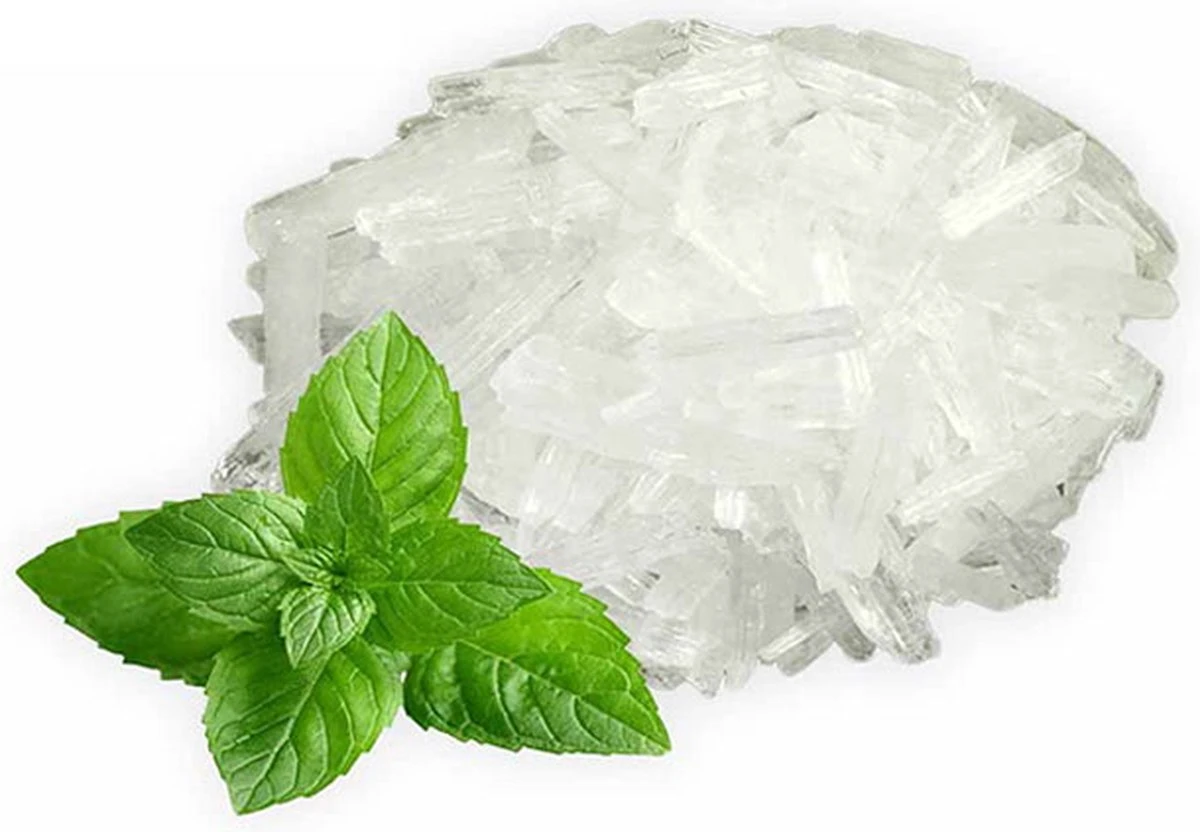Details
Rice Origin
Rice is a cereal and a cultivated plant of the genus Oryza. Cultivated means that it is a plant species grown for human use and bred from wild plants. China is the largest producer and consumer of rice and Thailand is the largest exporter.
Processing into Rice Flour
Rice has its origins in Asia. People started cultivating rice here in the tropics about 9,000 years ago. Evidence of this has been found in Shangsan with rice in pots along with tools to grind the rice. Growing this type of crop enabled people in Asia to live in one place. It was not until the 15th century that rice became better known and more widely eaten in Europe, due to the voyages of discovery to Asia.
Use of Rice Flour
Rice has a growing process that takes between 3 and 6 months on average. After that it can be consumed or to be ground into rice flour and possibly sieved. Our rice flour is made by grinding whole grain rice on stones.
Pro's & cons plus-circle
Gluten-free alternative: Rice flour is naturally gluten-free and can be used as a substitute for wheat flour in various recipes. plus-circle
Versatile in use: Rice flour can serve as a thickener and as a base for making various baked goods such as crackers, waffles, and cookies. plus-circle
Made from whole grain rice: Our rice flour is made by grinding whole grain rice on stones, preserving its natural flavor.
Legal Disclaimer: We try to deliver organic qualité if possible. However, this is not always possible and the quality can varie during the year. This due to: insufficient harvest, not sufficient active principals in de organic qualité, temporarily not available in organic quality,…Do you wish more information on this, then we need to check our current stock.
Allergan info: This product is packaged and/or stored in a facility that also processes products containing nuts, peanuts, mustard, celery, gluten, sesame, soy and sulphites. Despite all precautions, it is possible that this product contains traces of these allergens. Please consume for small trial quantity to avoid any alergical effects.
Direction of use: Please consult dietician, physician, cosmetologist, herboriste, aurvedic experts for any external or internal usage.

 Fast Delivery all across the country
Fast Delivery all across the country
 Safe Payment
Safe Payment
 7 Days Return Policy
7 Days Return Policy
 100% Authentic Products
100% Authentic Products




